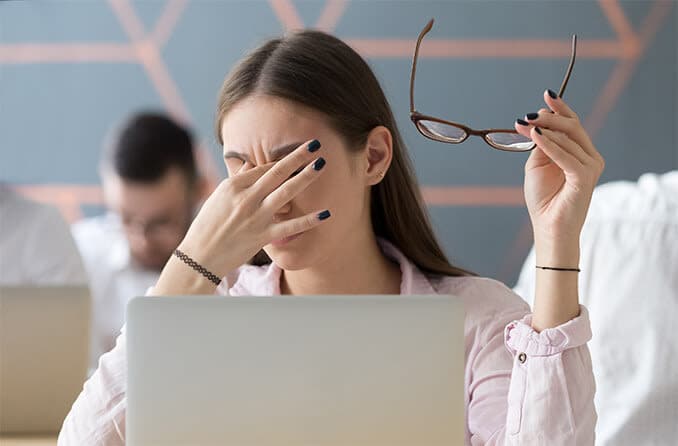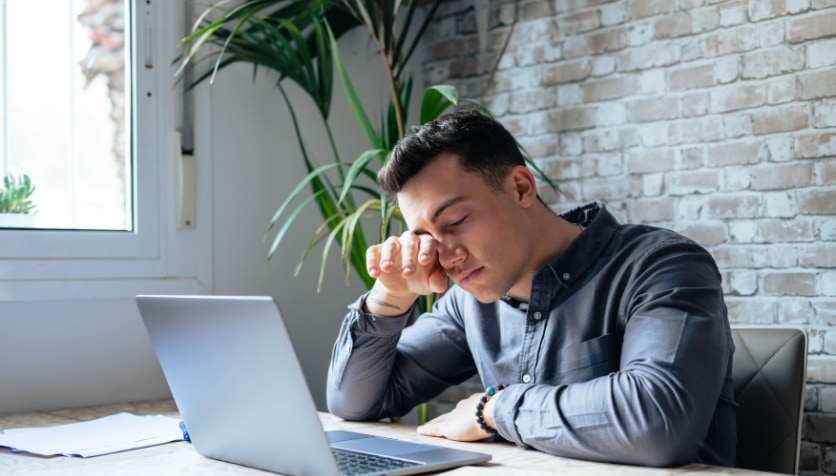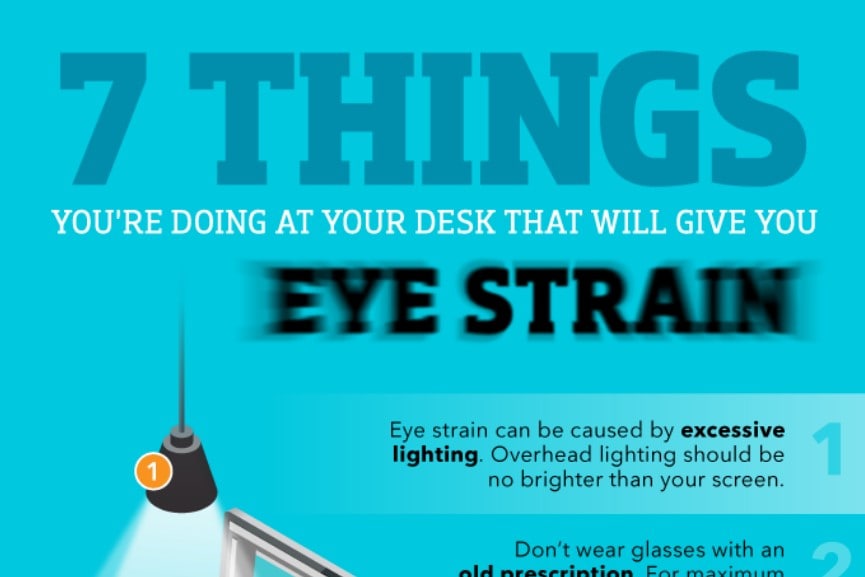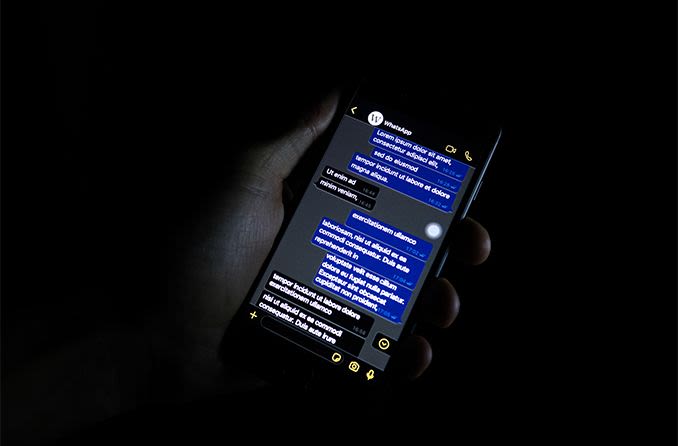
Digital Eye Strain
Electronic devices with visual displays can cause tired eyes, eye strain and computer vision syndrome. Learn all about digital eye strain and how to avoid it.

Explore the ways posture can affect your vision when working and how to increase comfort.

Learn how you can avoid digital eye strain while you use your computer, phone or other digital device.

How to avoid digital eye strain and computer vision syndrome when using computers, iPads, smartphones and other electronic devices.

Break these bad habits that could be giving you computer eye strain!

Is dark mode better for your eyes? All About Vision's article explores using your smartphone’s dark mode to help your eyes, the pros, the cons and who benefits.

Dr. Gary Heiting explains how computer vision problems decrease worker productivity, and how computer glasses for workers can increase company profits.
All About Vision and AllAboutVision.com are registered trademarks of AAV Media, LLC. © 2000-2025 AAV Media, LLC. The content on this site is for informational purposes only. All About Vision does not provide medical advice, diagnosis or treatment. Contact an eye doctor if you need medical attention.